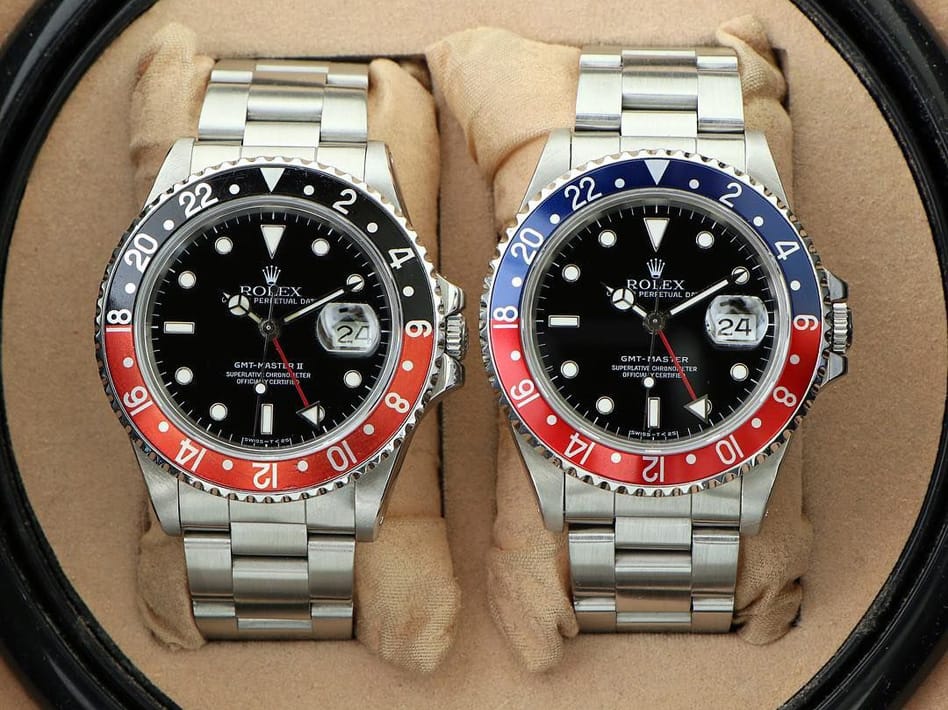Watch Buying Online Manual: Calendar watches By Carol Besler
Published in Watch
5 min read
Share this post
Getting the date straight
For complicated reasons dating back to ancient Rome and the origins of the Gregorian calendar, we have organized time to include leap years and an irregular number of days per month. Watchmakers have therefore developed complications to track our calendars more accurately so that, in some cases, the date doesn’t have to be adjusted every month, nor the leap year every year. For example, 2020 is a leap year, so the owners of ordinary calendar watches – monthly calendars, complete calendars or annual calendars – were forced to adjust their watches on February 29th, while the lucky owners of perpetual calendars were free to relax and go about their business, knowing their settings would automatically click into place and will keep on doing so until the year 2100. Unless they let the power reserve run down, in which case they will have to begin the complex process of readjustment, sometimes best left to a professional watchmaker.
Calendar Watches Types:
• Monthly calendar: also called a simple calendar, has a date display, usually generated by a disk.
• Day Date: has a date and day of the week display.
• Full or complete calendar: adds a month display, so it includes day, date month, and sometimes moon phase.
All three of the above types of calendar watches must be corrected manually in every month with less than 31 days.
• Annual calendar: is a calendar displaying date and month (and sometimes day) that automatically adjusts the date displayed on the timepiece based on 30 and 31-day months. It requires setting the date only once a year, at the end of February. The annual calendar is a fairly recent development in watchmaking, not appearing until 1996, when Patek Philippe introduced the Ref. 5025.
• Perpetual calendar: also displays the day, date and month, but it requires even less adjustment than an annual calendar. It not only knows the number of days in each month, it will automatically adjust for leap years; there is no need to set it in February. The next time a perpetual calendar will need to be adjusted is in the year 2100.
Rolex Calendar Watches:
The Rolex Day-Date is one of the world’s most recognizable watches. An icon from the 1950s, it was the world’s first watch to spell out the day of the week on a watch dial.
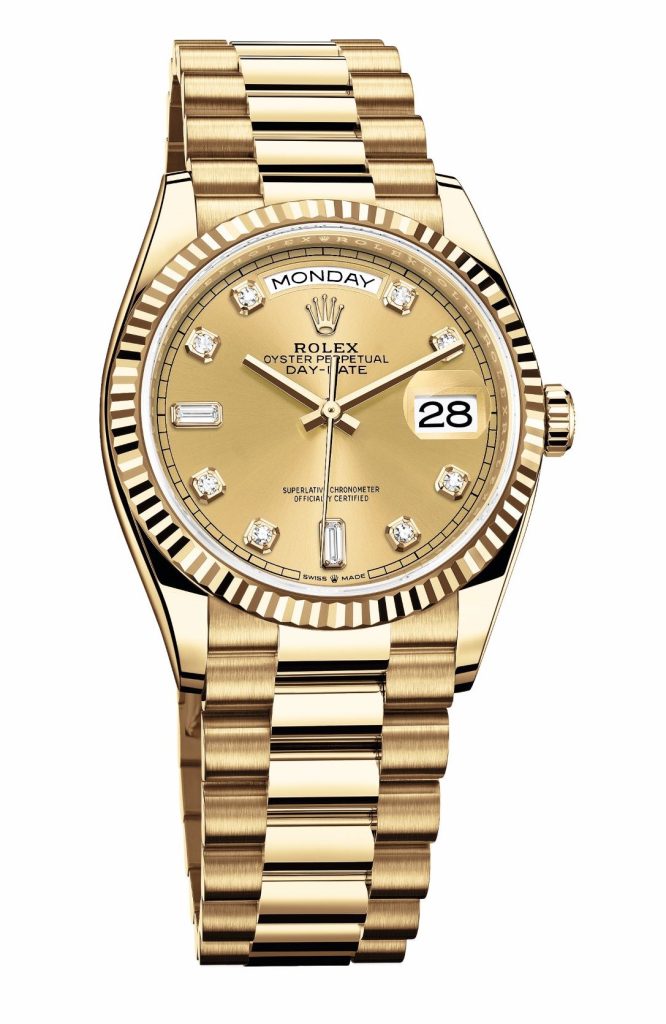
The Rolex Sky Dweller is an annual calendar and GMT watch, with an unusual display. It has a cutaway dial with apertures at each hour to indicate the month (in red): January is represented by 1 o’clock, February by 2 o’clock, and so on. The red arrow on the dial just under the 12 o’clock position points to a 24-hour cycle on the off-centered rotating disk.
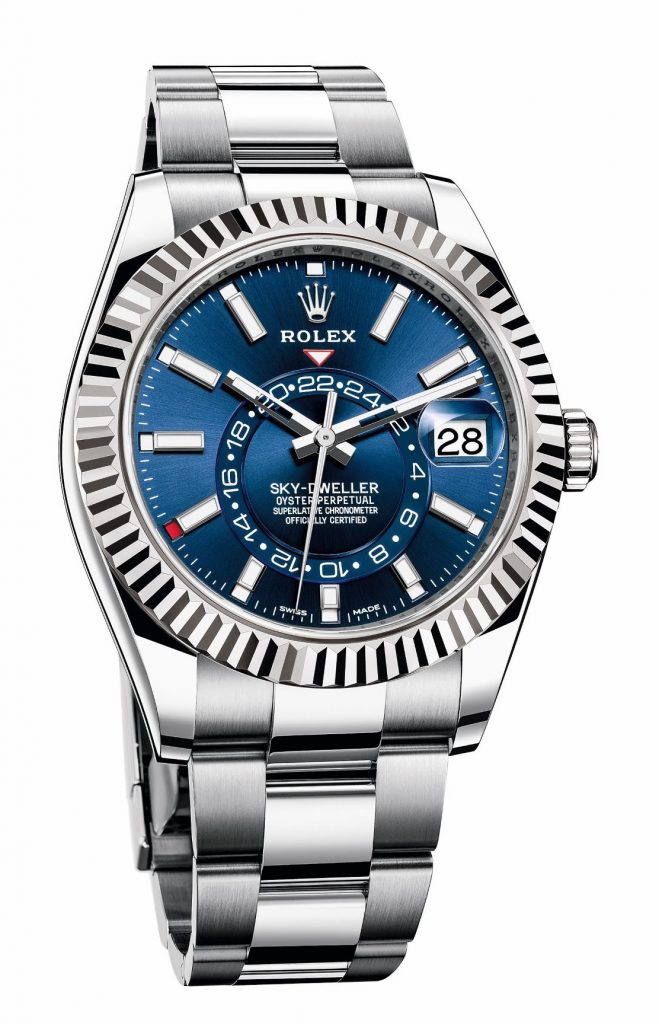
IWC:
The IWC Portugieser Perpetual Calendar 42 Boutique Edition is a perpetual calendar with displays for the date, day, month, leap year and perpetual moon phase. Unlike more formal perpetual calendars, it sports the popular combination of 18k pink gold case and sporty blue dial. The IWC caliber 82650 has a 60-hour power reserve.
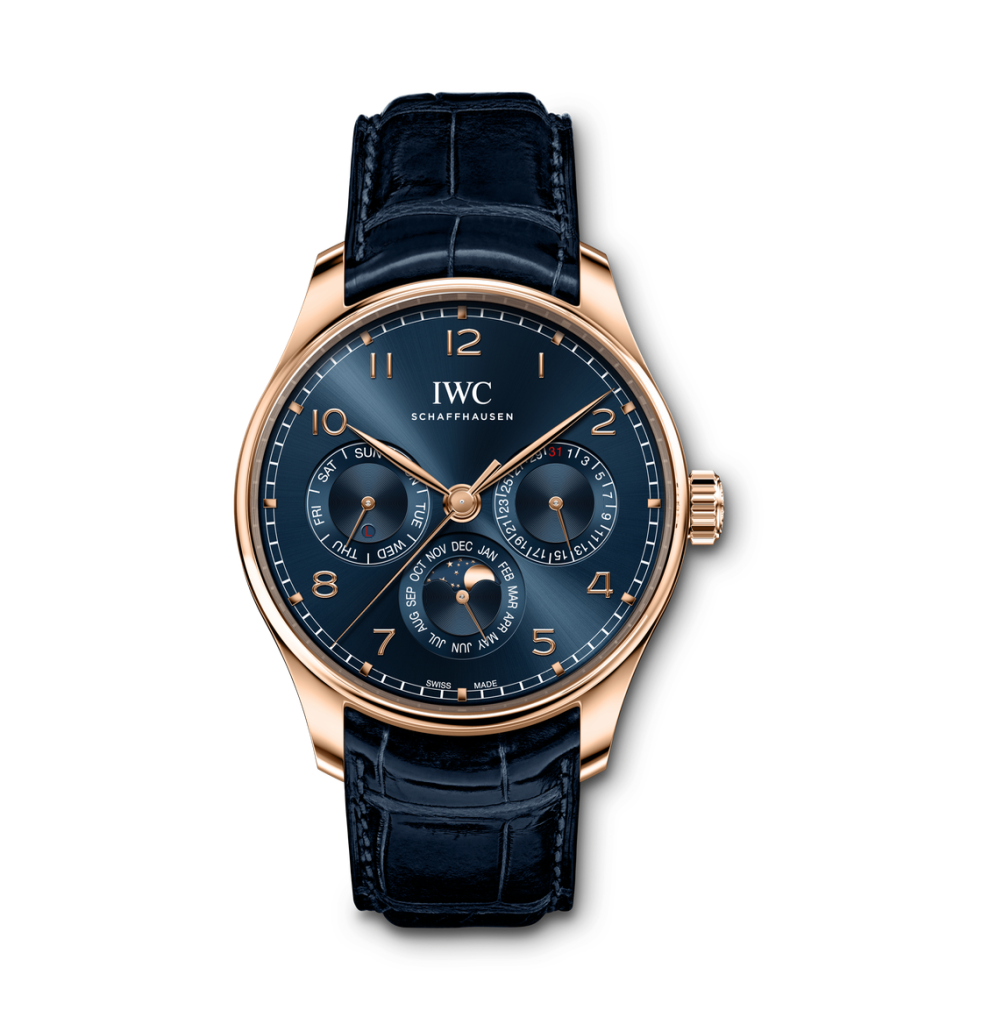
Montblanc:
In Montblanc’s Star Legacy Chronograph Day-Date, the day and date functions are combined with a chronograph. The movement is the 7750 based caliber MB 25.07 automatic, with a 48 hour power reserve.
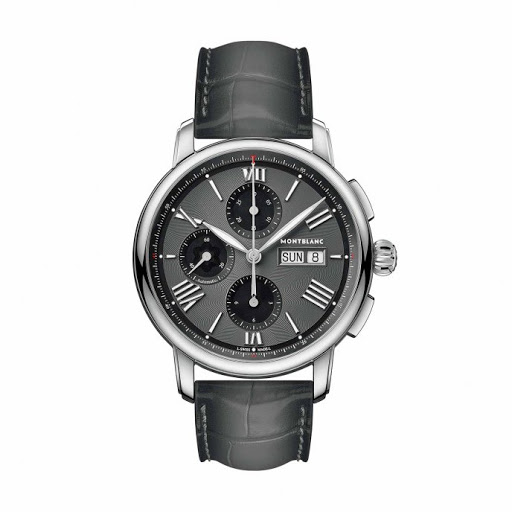
Hublot:
With no minute track, indexes or numerals, the date window on the dial of the Hublot Classic Fusion 40 Years Anniversary Titanium stands out as the star of the show. The titanium case is 45mm wide and it contains the automatic caliber HUB1112 movement with a 42-hour power reserve. The six H-shaped screws on the bezel are signature to this model.
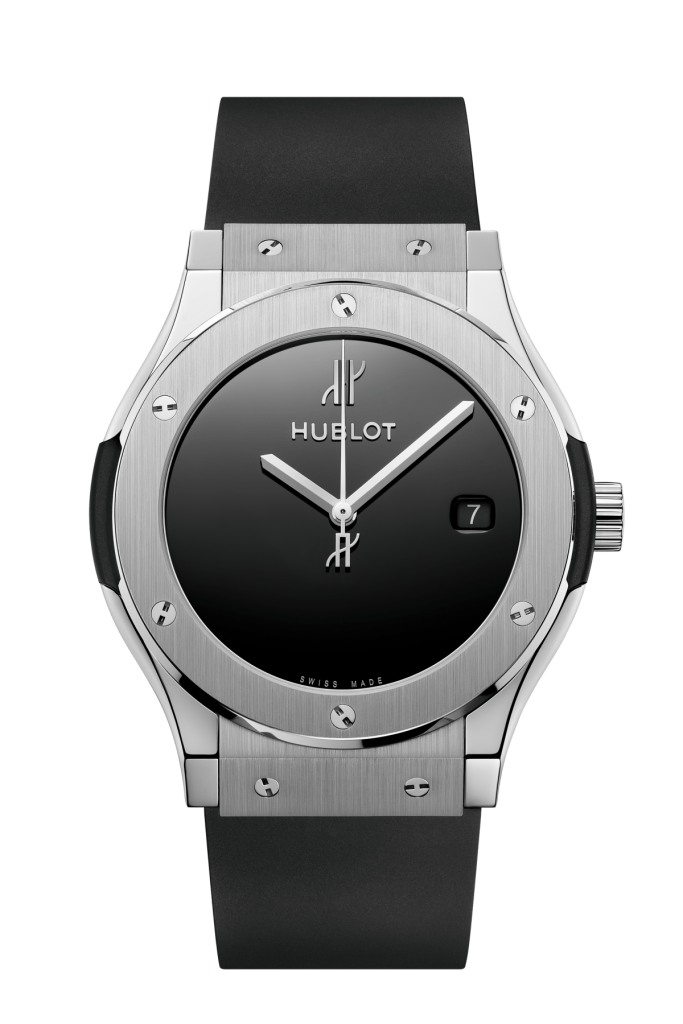
Inquiries:
If you would like to know more about the watches in the article or would like us to source any of them, please get in touch: https://watchtradeco.com/contact-page/
Share this post



